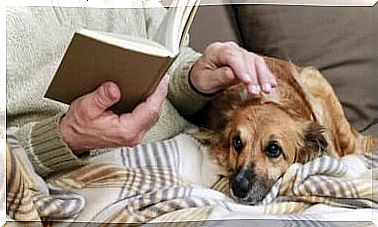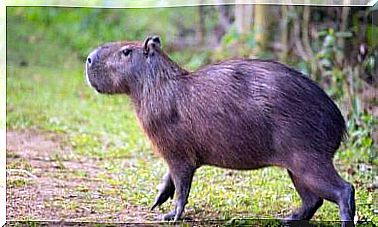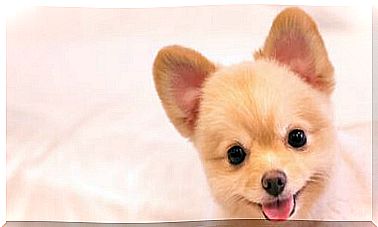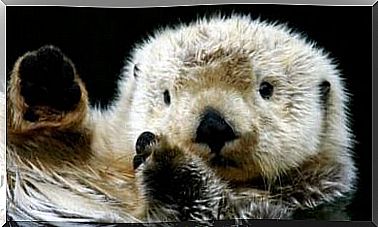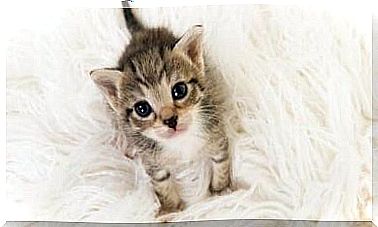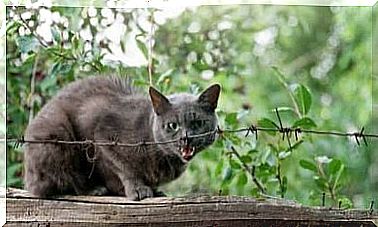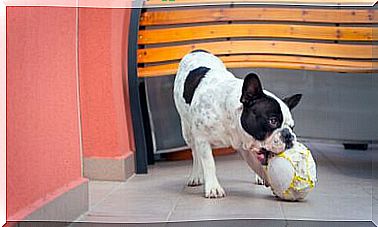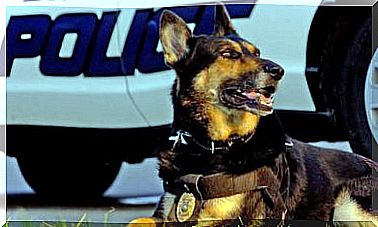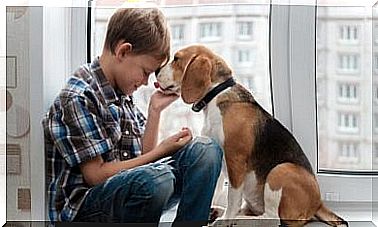The Norwegian Forest Cat, The Favorite Of The Vikings
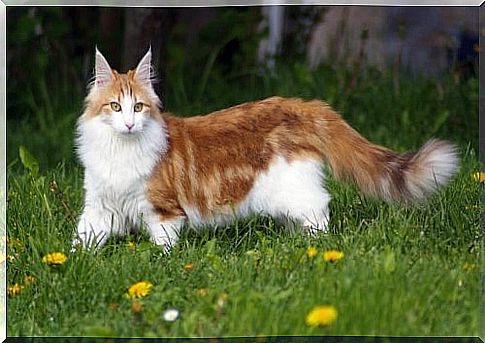
Majestic . This is the word that best describes the Norwegian Forest Cat. After leaving the cold Scandinavian landscapes, he became a popular pet, chosen in many homes around the world. Resilient, agile and very sociable, this beautiful cat breed is distinguished by its thick fur, developed to withstand the low temperatures of the place that gives it its name.
The uncertain origin of the Norwegian Forest Cat
The origin of this wonderful breed is not entirely clear. It is estimated that it reached the Nordic lands around the year 1000 thanks to the Vikings. Everything seems to indicate that these skilled navigators managed to come into contact with the ancestors of this feline, in the Byzantium area . They chose them to hunt the rats that hid in the hold of their ships.
Already in the Scandinavian lands they got used to living in rural houses, also to protect crops from rodents. But many specimens returned to being wild. Little by little, they adapted to extreme temperatures until they acquired their current appearance.
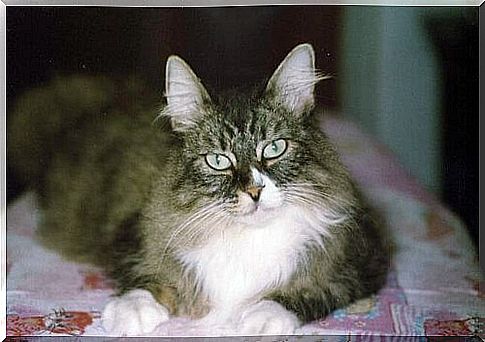
This uncertain origin has served, over the centuries, to fuel myths and legends. Formally entered into Scandinavian popular culture, the Norwegian Forest Cat is the protagonist of many children’s stories and tales.
Norwegian Forest Cat, a robust and elegant breed
If you want to adopt a Norwegian Forest Cat, you will find in him a large animal , strong and robust but, at the same time, very agile. Due to the shape of the head and body, it may seem very similar to a lynx, with a thick hair on the neck that resembles that of lions.
Undoubtedly, this is an imposing domestic cat, with thick, waterproof fur, which looks very similar to the coat of a mink. In addition, the lower legs and ears have long hairs that serve to protect against the snow and cold of the Scandinavian forests.
It has an elongated body, with a very pronounced tail and very sharp nails. Her meow is soft and her facial features are very delicate. The ears are long and pointed, with prominent whiskers and large, almond-shaped, slightly oblique eyes.
A cat who came from the cold: sociable, affectionate and playful
The Norwegian Forest Cat is a very confident cat . That’s why he accepts living with other pets without problems and gets along very well with children. So sociable and communicative, this breed also stands out for its intelligence and excellent character.
However, we are talking about an excellent hunter who can climb trees and search for prey even in the water. It adapts without problems to living at home, but it would be better to raise it in a house with a garden or, in the absence of it, we advise you to buy high scratching posts to allow it to control the territory from above, even if it is only your living room. .
Calm, playful and affectionate, the Norwegian Forest Cat undoubtedly feels an integral part of the human family with which he lives. So it will be your job to give him attention and time, because he doesn’t like to be left alone for too long.
A sturdy cat that requires little attention
The first thing you will appreciate about the Viking cat is its healthy and sturdy build. The only precaution, when he reaches a certain age, is to provide him with a balanced diet low in fat. You will avoid the formation of pathologies such as dysplasia or other hip deformities.
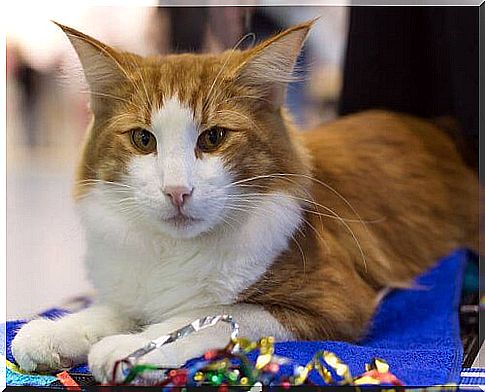
In addition, they are cats that do not require excessive attention. Despite the length of their fur, a weekly brushing will be more than enough to avoid possible knots. During the moulting period, it will be advisable to increase the frequency of cleaning, in order to avoid the accumulation of cells and dead hair.
The Norwegian Forest Cat is a domestic feline with a lot of interesting qualities. Aesthetically beautiful, she has a really easy-to-manage personality. Although it is a very healthy animal, remember to have it checked by your vet and keep the vaccination booklet up to date.
Sources of images: Gangburgondes, DarkAp89 and Heikki Siltala or catza.net.

